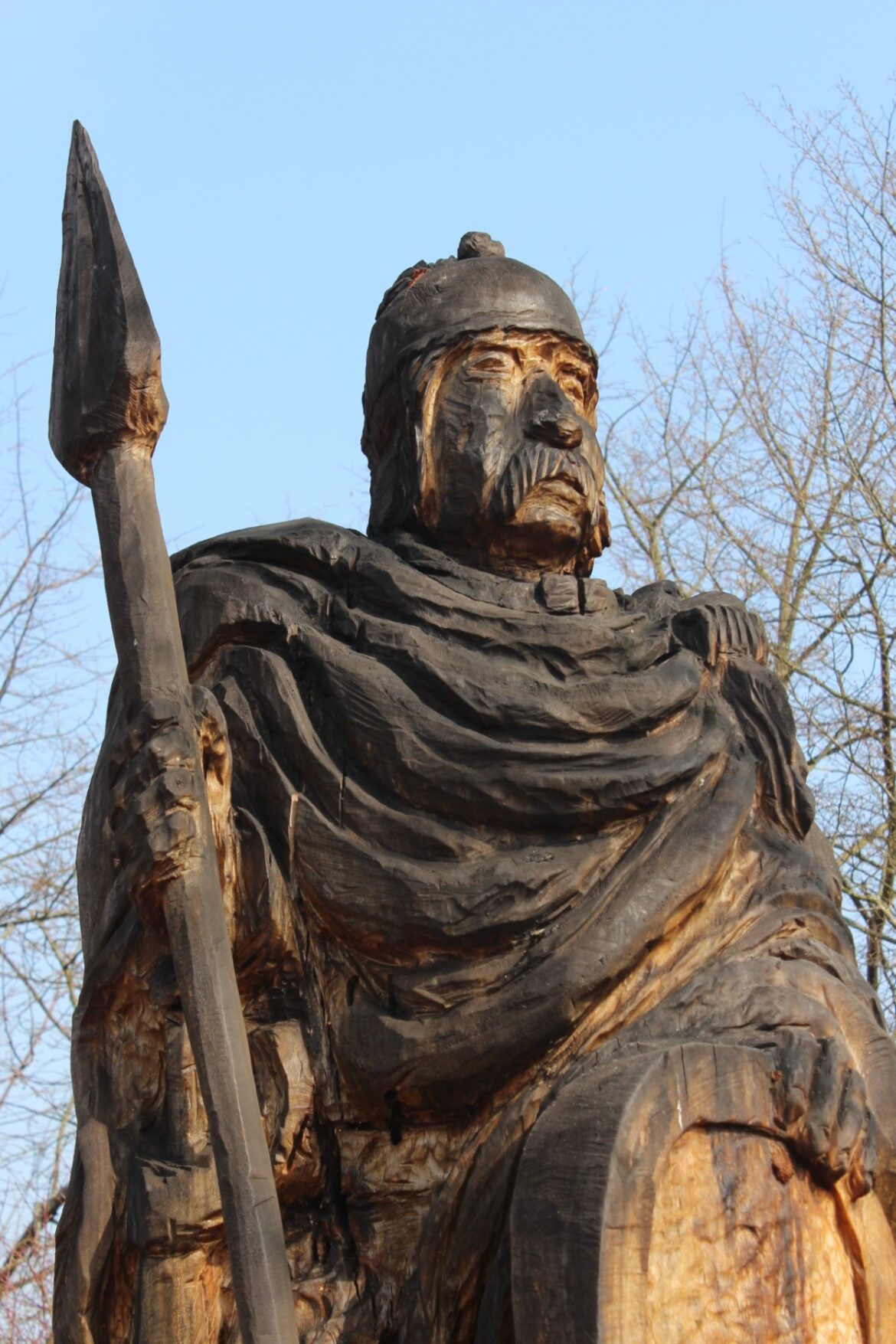The Catholic Church, an institution of profound historical significance, boasts a lineage that stretches back nearly two millennia. Its roots are embedded deeply in the early Christian community, which was birthed from the teachings and the ministry of Jesus Christ. Tracing the origins of the Catholic Church involves navigating a complex tapestry of theological development, ecclesiastical authority, and cultural evolution. In this exploration, one must consider the formative events that shaped Christianity and subsequently planted the seeds of the Catholic Church.
The inception of Christianity dates to the 1st century AD, centered around the life and resurrection of Jesus, who is unanimously regarded as the founder of the faith. His teachings, which extolled love, compassion, and redemption, were disseminated by the apostles following his death around 30-33 AD. Among them, Peter is often highlighted due to his pivotal role in the early church; he is traditionally acknowledged as the first pope, establishing a line of succession that has persisted through the centuries. This assertion of apostolic succession is a cornerstone of Catholic doctrine, underscoring the church’s claims to authority and continuity.
The early Christians gathered in clandestine assemblies, characterized by their communal worship and the sharing of resources. These gatherings laid the groundwork for what would evolve into formal liturgical practices. The Acts of the Apostles vividly narrates the lives of these early believers, providing insight into the nascent church’s mission, struggles, and growth. By the end of the 1st century, the Christian community had begun to solidify its identity, distinct from Judaism, primarily in response to theological disputes and societal pressures.
As the church expanded, the need for a structured hierarchy became apparent. The establishment of episcopal authority in the 2nd century marked a significant evolution. Bishops were ordained to oversee local congregations, fostering unity and orthodoxy amid a plethora of divergent beliefs. The early church faced substantial persecution, especially during the Roman Empire’s more hostile regimes. Despite this, the steadfastness of believers catalyzed growth, ultimately leading to the Edict of Milan in 313 AD, which legalized Christianity and allowed it to flourish openly.
The Council of Nicaea in 325 AD stands as a critical juncture in the church’s history, convened to address the Arian controversy regarding Christ’s divine nature. This ecumenical council produced the Nicene Creed, a statement of faith that remains integral to Catholic doctrine. It established a precedent for future councils, reinforcing the authority of the church and its bishops in theological matters. Through such councils, the church began to articulate its beliefs, adapt organizational frameworks, and confront heretical movements, thus fortifying its claim to a singular truth.
The conversion of Emperor Constantine and subsequent imperial endorsement greatly accelerated the church’s growth. This era saw the lavish construction of basilicas, the establishment of ecclesiastical laws, and the integration of Christian principles into civil society. The church emerged not only as a spiritual authority but also as a prominent social and political entity. This duality gave rise to complex interactions with monarchies and allegiances that would shape European history for centuries.
As Europe transitioned through the Middle Ages, the Catholic Church’s influence became increasingly pronounced. It acted as the unifying force in a fragmented landscape, providing spiritual guidance and governance. The medieval period also witnessed the flourishing of monasticism, which preserved ancient texts and fostered intellectual pursuits. The Benedictine, Cistercian, and Franciscan orders were instrumental in establishing educational institutions, thus extending the church’s reach not only in spiritual matters but also in scholarly endeavors.
The schism between the Eastern Orthodox Church and the Roman Catholic Church in 1054 marked another significant moment in the church’s expansive history. Disagreements over papal authority and theological interpretations precipitated a division that exists to this day. This schism highlights the complexities of ecclesiastical authority and the challenges of maintaining unity in the face of doctrinal differences. The Catholic Church would later grapple with the Protestant Reformation in the 16th century, which challenged its practices, doctrines, and the very essence of its authority. Figures like Martin Luther and John Calvin ignited widespread calls for reform, prompting a response from the church that included the Counter-Reformation—a movement that sought to address grievances while reaffirming Catholic doctrine.
Throughout its extensive history, the Catholic Church has continually engaged with the world, influencing and being influenced by cultural, philosophical, and political currents. Its survival and growth can be attributed to its adaptability and resilience. The establishment of the Vatican City as an independent sovereign entity in the 20th century further signifies the church’s enduring authority and relevance in contemporary society.
Today, the Catholic Church remains a global entity, with more than a billion adherents worldwide. Its rich heritage and traditions encapsulate millennia of history, theology, and communal identity. In reflecting on the question of how old the Catholic Church is, one acknowledges not merely its age in years but rather the profound journey of faith, endurance, and transformation that has defined it throughout history.
In conclusion, the Catholic Church encapsulates a vast array of theological, historical, and social elements that contribute to its identity and mission. Its origins are intricately linked to the early Christian community, shaped by significant events and personalities over the centuries. As it embraces the contemporary world, the church continues to embody the teachings of Christ, striving to fulfill its role as a beacon of hope, guidance, and faith amidst the complexities of modernity.



